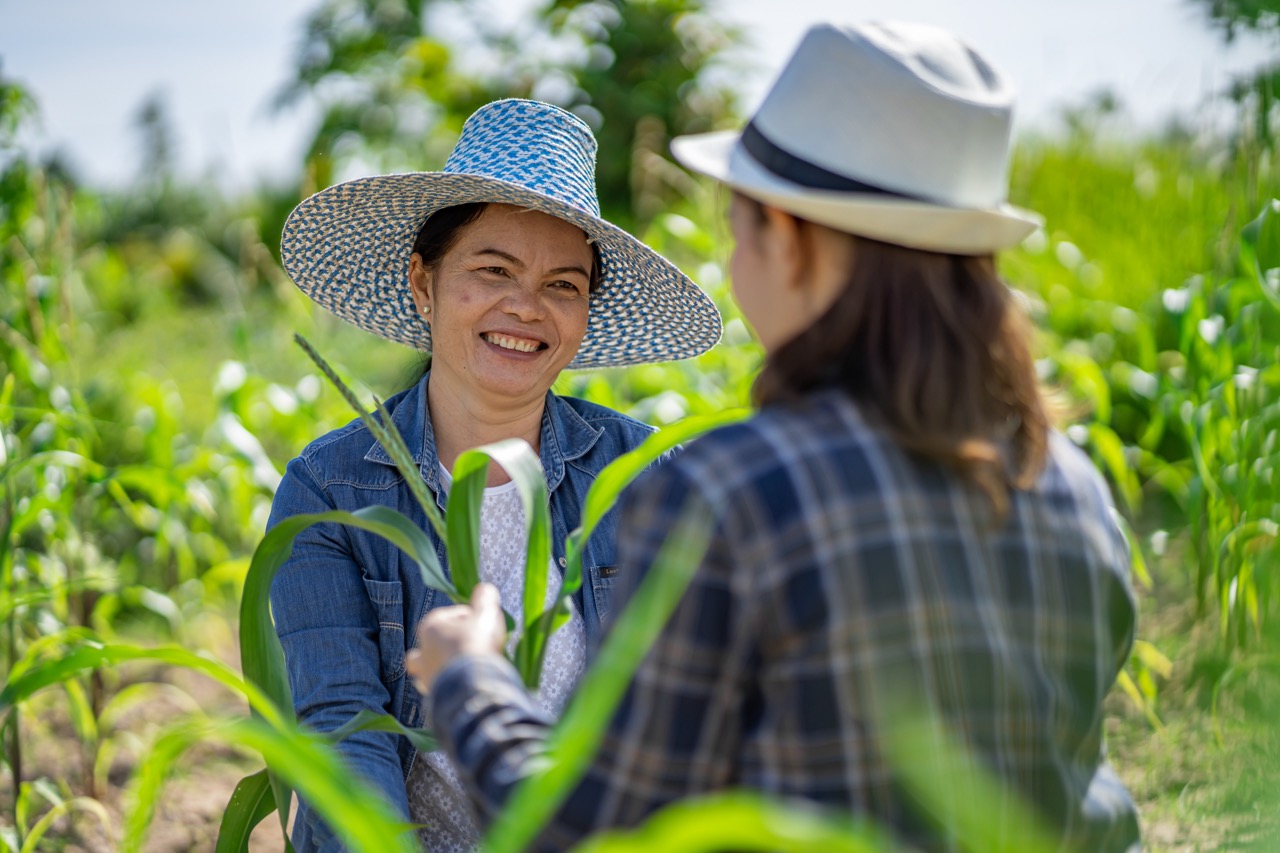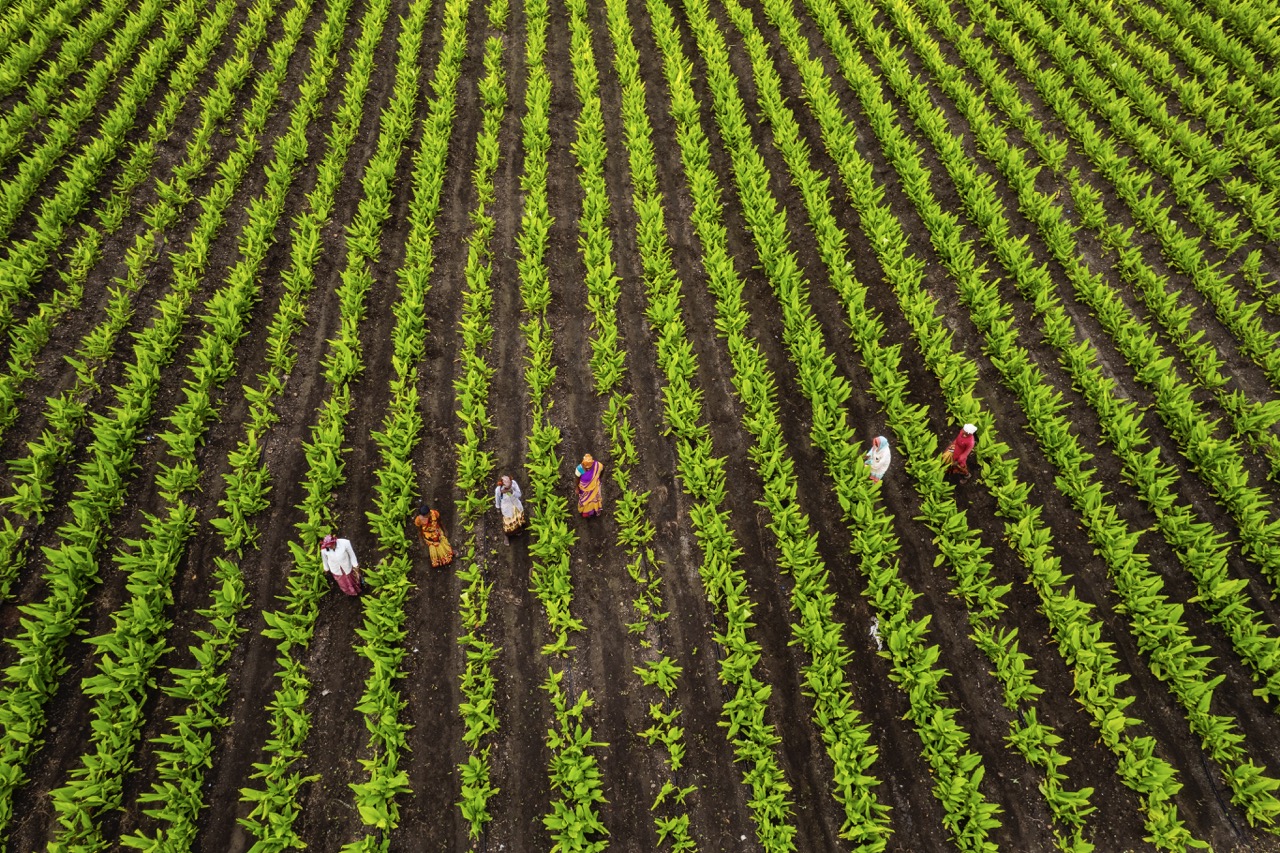In an era marked by economic uncertainties and shifting agricultural landscapes, innovative farming practices have become crucial for both landowners and farmers. One such method, sharecropping, has often been relegated to the annals of historical agricultural systems, yet it possesses a unique potential to address contemporary financial challenges. As communities grapple with fluctuating market prices, climate change, and the evolving complexities of food production, revisiting sharecropping could offer a sustainable path forward. This article delves into the intricacies of sharecropping, highlighting its benefits for both parties and illustrating its role in revitalizing rural economies.
Understanding Sharecropping: A Viable Economic Strategy
Sharecropping is a system where landowners allow farmers to cultivate their land in exchange for a share of the crop produced. This arrangement can provide a low-risk option for both parties, especially in times of economic hardship. Landowners, who may struggle to manage their properties effectively, can benefit from a sharecropping system by securing a source of income without the full burden of operational costs. For farmers, particularly those who may lack capital, sharecropping presents an opportunity to access land and resources without the upfront investment typically required in traditional farming.
Moreover, sharecropping enables a partnership based on mutual benefit. Farmers often bring innovation and labor to the land, while landowners supply the resources necessary for cultivation. This collaboration can lead to increased productivity on land that may otherwise remain underutilized. As the agricultural landscape continues to evolve, sharecropping can serve as a flexible model that accommodates the varying needs of landowners and farmers alike.
As economic challenges mount, traditional farming models may become obsolete, making sharecropping a compelling alternative. By fostering a cooperative environment, this strategy allows for adaptability in the face of market fluctuations, enabling both parties to navigate uncertain times more effectively. Understanding the foundational aspects of sharecropping can help stakeholders recognize its relevance as a viable economic strategy.
The Benefits of Sharecropping for Landowners and Farmers
For landowners, sharecropping can mitigate some of the financial risks associated with owning agricultural land. By entering into a sharecropping agreement, landowners can earn income without the need for direct involvement in the day-to-day operations of farming. This allows them to focus on other ventures while still benefiting from the productivity of their land. Furthermore, sharecroppers often invest in the cultivation process, which can lead to improved land management practices that enhance long-term soil health and productivity.
Farmers, on the other hand, benefit significantly from the accessibility that sharecropping provides. Many small-scale farmers face substantial barriers to entry in the agricultural sector, including high land prices and a lack of resources. Sharecropping allows these farmers to cultivate land without the financial strain of purchasing property, enabling them to grow their businesses organically. This partnership not only fosters economic growth for individuals but also contributes to the overall vitality of rural economies.
Additionally, sharecropping promotes knowledge sharing and skill development between landowners and farmers. Through collaboration, farmers can learn best practices and innovative techniques while landowners gain insights into the modern agricultural landscape. This exchange of expertise often leads to improved farming methods, ultimately benefiting the broader agricultural community and reinforcing the economic foundation of rural areas.
Addressing Economic Challenges Through Collaborative Farming
In times of economic downturn, sharecropping can emerge as a powerful tool for resilience. By pooling resources and labor, both landowners and farmers can reduce their vulnerability to market fluctuations. In a collaborative farming framework, shared investments in equipment and technology can enhance efficiency and productivity, leading to higher yields and profitability for both parties. This collective approach allows farmers to cultivate crops that align with market demands while providing landowners with a steady income stream.
Moreover, sharecropping can help stabilize rural economies by creating job opportunities and fostering community engagement. As farmers work the land, they contribute to local economies by buying supplies and reinvesting in their communities. This economic multiplier effect can lead to job creation beyond agriculture, supporting local businesses and services that thrive on agricultural activity. In regions where traditional employment opportunities may be limited, sharecropping can become a lifeline for communities facing economic challenges.
The flexibility of sharecropping arrangements also encourages adaptability in responding to changing market conditions. For instance, if crop prices fluctuate, landowners and farmers can renegotiate terms or explore alternative crops that may be more profitable. This dynamic structure equips both parties with the tools to pivot in response to economic pressures, fostering resilience and sustainability in agricultural practices.
Success Stories: Sharecropping Transforming Rural Economies
Across the globe, numerous success stories illustrate how sharecropping has revitalized rural economies. In various regions of Africa, sharecropping arrangements have enabled small-scale farmers to access fertile lands while providing landowners with a means of generating income. These partnerships have not only increased agricultural output but have also empowered communities through improved food security and economic stability. By fostering collaboration between landowners and farmers, sharecropping has become a catalyst for sustainable development in these areas.
In the United States, innovative sharecropping models have emerged in response to modern agricultural challenges. Programs that connect landowners with aspiring farmers have been instrumental in nurturing the next generation of agriculturalists. These initiatives are often supported by community organizations that provide training and resources, thereby fostering a new wave of sustainable farming practices. As a result, both landowners and farmers benefit from enhanced productivity while contributing to the local economy.
Additionally, success stories in countries like India highlight how sharecropping can empower marginalized communities. By providing land access to those who might otherwise be excluded from agricultural production, sharecropping promotes social equity and economic growth. These case studies underscore the potential of sharecropping as a transformative force in rural development, demonstrating that when landowners and farmers collaborate, the benefits can extend far beyond individual gain and contribute to the broader economic landscape.
As economic challenges continue to shape the agricultural landscape, sharecropping emerges as a compelling strategy that fosters collaboration between landowners and farmers. By understanding its benefits and potential to address contemporary issues, stakeholders can harness this age-old practice to create sustainable pathways for growth. The success stories rooted in sharecropping not only inspire hope but also illustrate its capacity to revitalize rural economies. With a renewed focus on partnerships and community engagement, sharecropping can play a pivotal role in building resilience and prosperity for future generations in the agricultural sector.










